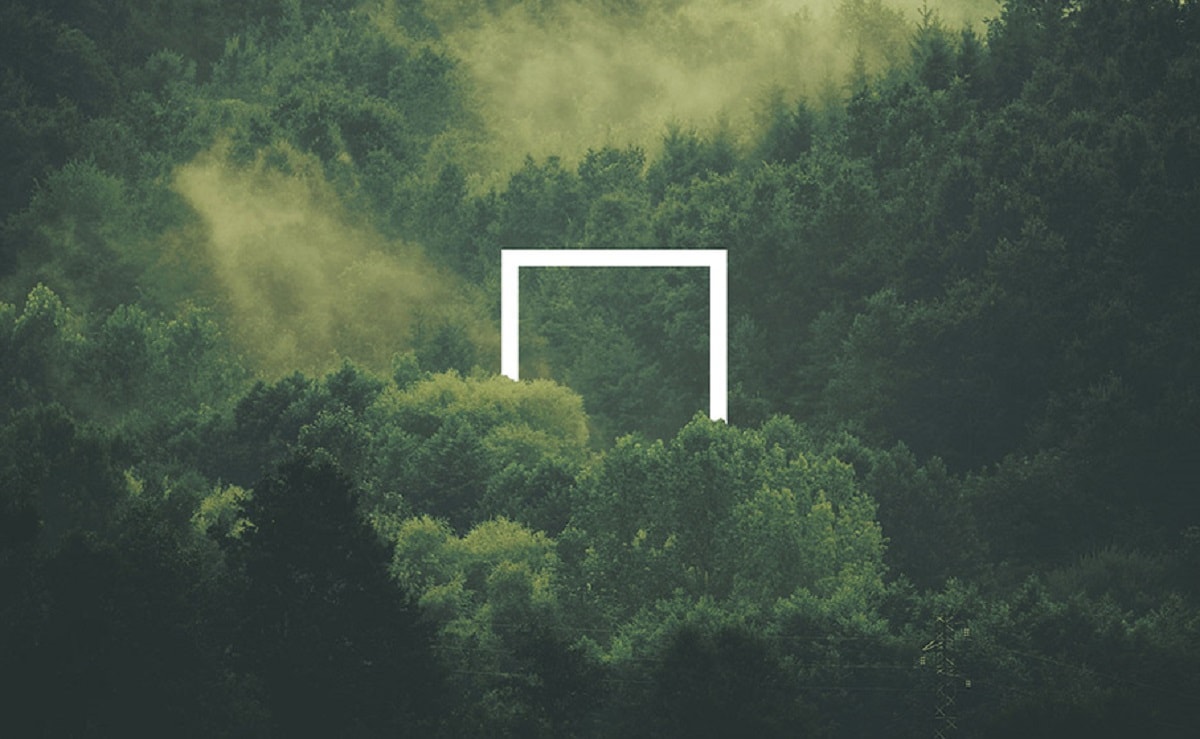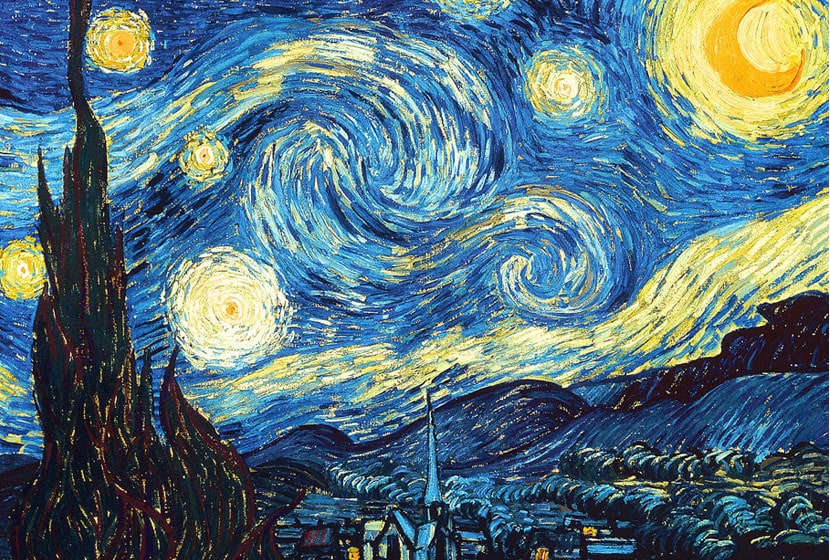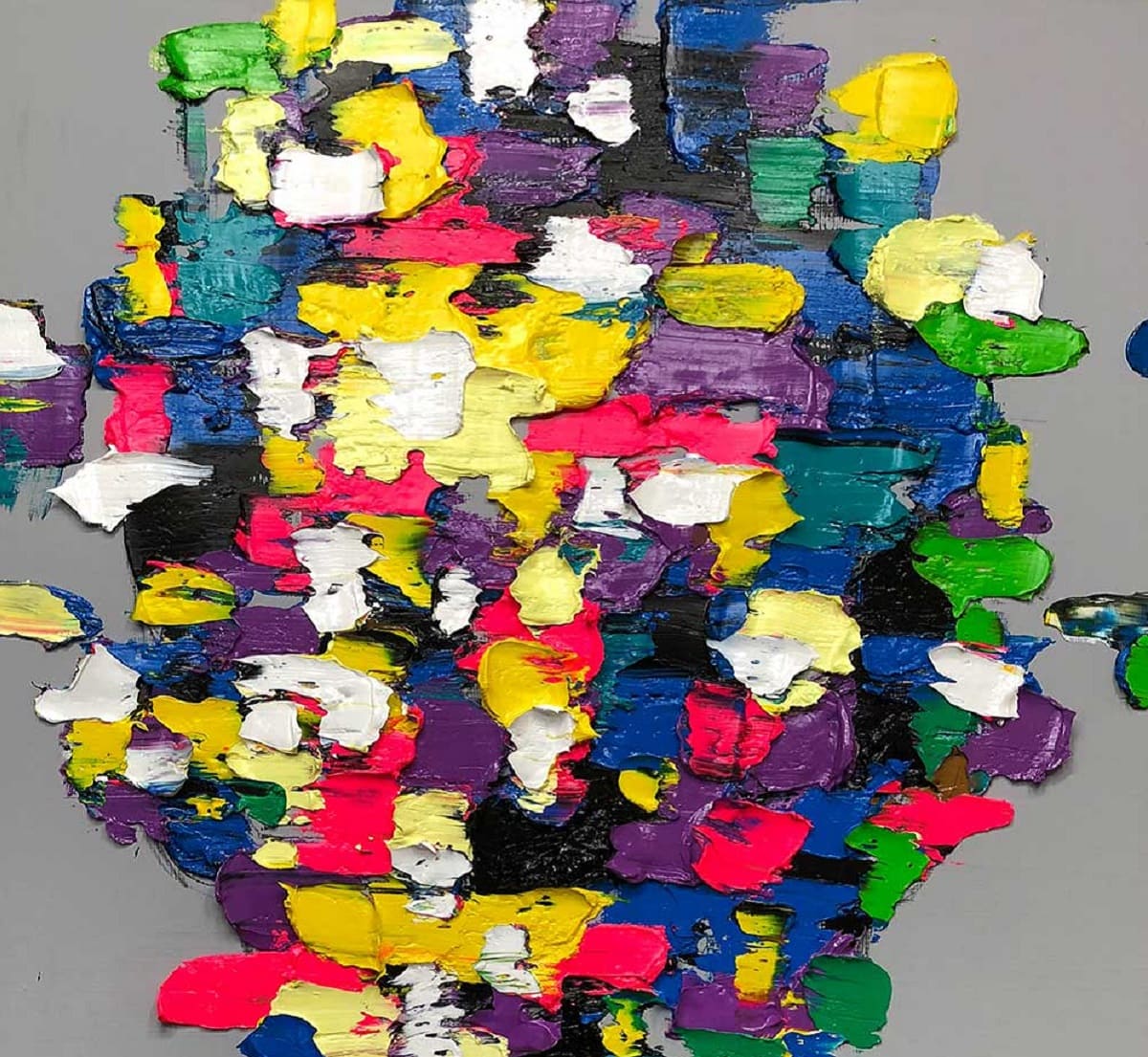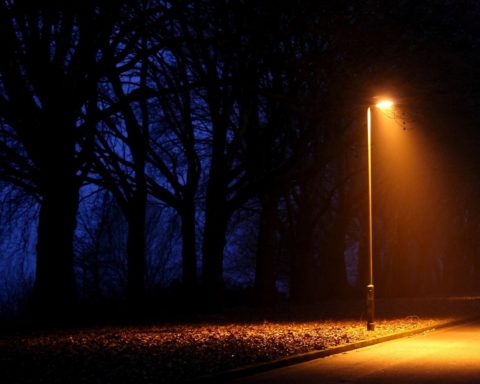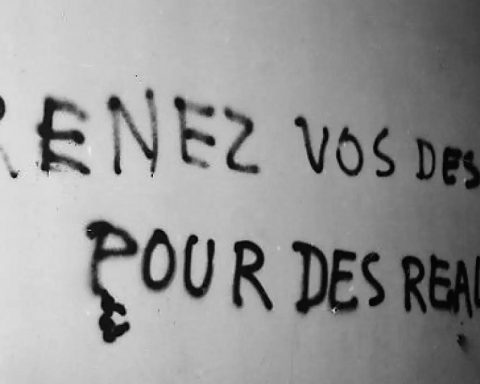A change of civilizational paradigm also means a radical change of reference points and a recomposition of the structural elements of society. We cannot think of the world in the making with the frame of reference of the one who created it, Einstein said. Changing the paradigm of civilization means re-founding our imaginations and elaborating a narrative. At that moment, all of a sudden there is a craze for the imaginary and an opportunity to seize to produce a narrative; like a buzz or a fashion phenomenon. Does this sudden frenzy help us to elaborate our future or does it fog its horizon? Are we free to co-create "everything" or are we already conditioned to produce what a dominant model has prescribed? Is the imaginary becoming an instrument of the future for purposes that are not very worthy of acknowledgement? Or is it the result of our intertwined cognitive and social flaws and biases?
Context
In the spring of 2019, the Ministry of the Armed Forces announced its intention to carry out an Red Team science-fiction authors to imagine the future of armies... [1]. This intention was presented at Utopiales 2019. [2] and has caused a great stir in the author community for fear of being instrumentalized. Since then, a buzz has developed around the notion of the imaginary. Already present in the film Tomorrow, promising to bring a unifying narrative to future generations. In the aftermath of Harari's work, Sapiens [3]The craze for the future, the imaginary and the factory of the future are becoming widespread, consulting firms are taking over, and the media are echoing it.
The question that arises then is "is this a new fashion phenomenon or a necessity to change the paradigm of civilization"?
A craze synonymous with business
Like every new business trend, like every new concept, it is saturated at full speed, that is to say, at the speed of exchanges and sharing via social networks. Continuous replication suffocates ideas and renders them obsolete before they have even been fully tested. We will need to slow down copy and paste to limit the programmed obsolescence of ideas and concepts. We need it to define tomorrow.
Thus, as soon as a new buzz quivers, the business players take hold of it and the markers succeed in selling concepts they don't know, sometimes leaving in the shadows players who have been involved for a long time in the adventure, which requires, all in all, a certain expertise.
The risk of this instrumentalisation of the future is to darken the future by encouraging inlaid royal roads which, because of their tendency to replicate, could leave aside the "biodiversity" of the possible.
We have an ethical responsibility towards future generations
So we cannot allow the future to be mortgaged by a few, however talented they may be; it is our responsibility for future generations. For if we propose a narrower panorama of possibilities, we obliterate the thousands of options necessary for the emergence of the right option(s). If business interests drive the development of solutions, then whole swathes of potential futures will remain unexplored and in which perhaps true resilience is to be developed.
Like living things, oak acorns for example, offer profusion, vitalize the diversity of production and let the natural selections be made through a sieve we could decide.
During the Impressionist and Dadaist eras, many artistic currents, from painting to literature, tried their hand like so many brushes on a messy canvas to reach, through the random choice of the strange attractors of life, the configuration that has shaped our twentieth century.
Today, with the Internet, social networks and the Gafam, for the first time in humanity, we can observe ourselves acting as if we were being manipulated with force. data managing and algorithms guiding selections and broadcasts. We have the ability to change things deliberately, provided we do not fall into the traps of our cognitive, psychological and social biases. Because our future would then be a pale reflection of today and we can be sure that it will not retain the worst of the options.
We act through our cognitive, psychological and social biases.
Power Quest and Pyramid Model
Sebastian Bohler, in his book The human bug [4], reminds us of some of the archaic workings of our reptilian/limbic brain. Notably the striatum [5] which determines the neuronal reward circuits and activates dopamine which then drives five basic needs, which interact largely with each other. These needs are: to eat, to reproduce, to establish power and to seek out positions of power, to acquire information to protect oneself and anticipate the conditions for success, and to make the least effort, which leads to avoiding change and repeating behaviours such as copying others. The articulation of these needs and the activation of the dopamine reward system leads to addictions and behaviours that seek "more and more".[6].
Narcissism and mimicry
To these basic needs and the rewards allocated by satisfying them, it helps to understand the criteria for apprehending the quality or legitimacy of a person or his actions. Everything depends on its visibility.
The quest for power encourages the pyramid model and the quest to become the alpha male or female. Manifestations and outward signs of success or wealth are then coveted, combining the previously stated needs, the reward system and the mimetic desire. [7] (René Girard). It doesn't matter how a person gets to the top of the pyramid and whether quality people remain in the shadows, for example, due to a lack of relevant networks. Thus, this quest for visibility, given the benefits it brings, feeds our archaic narcissism.
Buzz and social networks
In addition, there are the digital practices of social networks. The more a person gets from like and the more the algorithms refer to it, the more visible and therefore attractive it becomes. It is then even more visible and therefore more solicited by the media. And the circle very quickly becomes vicious, valuing a handful, and leaving a large majority of talent in the shadows.
Mimicry and mirror neurons
To these elements is added again the mimetic effect, but this time it is a neurological phenomenon, that of mirror neurons that encourage us to copy the behaviour of others through affective and cognitive empathy. Thus, if X acts like this, relays such and such information, goes to such and such a manifestation, reads such and such a work, according to the legitimacy and influence we give him or her, "I" "copy" what he or she says, writes, does. This without validating the sources if it is information. [8] or without digging to find other actors if it is a person, speaker, writer, journalist, editor, etc...
Need to belong
Finally, our need to belong, leads us to act like others in order to be recognized and to belong to the coveted tribe. The one that will allow us to obtain the most signs of recognition, visibility and therefore power and outward signs of success. To be or not to be then becomes determining and conditions our actions, our submissions or compromises to avoid taking the risk of exclusion and shadow. [9].
The hermeticity of networks
The networks of the Grandes Ecoles bring together a number of the criteria mentioned above. Thus, beyond professional corporatism, the school networks include in the registration, sometimes expensive or following a selection by competition, the right to belong to the privileged network of the ENA, SciencePo, HEC, X, ESCP... This selection aims to facilitate the social lift. [10] and to distinguish between those who are part of it and those who are not. de facto are excluded from these privileged circles. These networks therefore make it possible to reach the top of the pyramid more quickly, with equal skills, and to acquire the coveted signs of wealth and visibility.
What's that got to do with imagination?
All these elements help to explain why when a new current arrives, such as the one today to imagine tomorrow and produce "the" founding narrative of our civilization in recomposition, the dangers of copy-paste are significant. Indeed, if, without taking the time to investigate, to search for new possibilities, without a critical and multidisciplinary viewpoint, we venture to repeat the words of a handful of people, to spread only one or two thoughts or visions and to deprive ourselves of the possibilities of diversity, we are taking a major risk.
The mortgage that we then make on our future is serious. The future of our humanity is at stake, and our selfish needs should not be allowed to be cited. For science fiction books and movies have come and gone... 1984 à Star Wars, to mention only a few world-famous examples, their warning message was clear and yet engineers and politicians have built armies of robots, flying cars, thousands of satellites to monitor our actions, but no one has made a school like Yoda to impart wisdom.
So, drawing the future is a serious business, a big person's business, as the saying goes... the Little Princeanother masterpiece of literature, with multiple messages of wisdom.
We must remain vigilant to the intentions behind this path. What drives us deeply? What influence do we want to have on the world? Is it a selfless impact or the opportunity to shine as individuals? The stakes are too high to ignore our possible drifts.
We have made all the inventions of Leonardo da Vinci or Jules Verne, so let us, together, take precautions to dream tomorrow, we could live there, for better or for worse.
In conclusion
Thus, the more we become aware of our various intertwined cognitive and social biases, the more we seek to modify them and the more we give ourselves the conditions for the diversity of imaginations. It is therefore a question of intellectual interculturality, of a plurality of imaginations in the service of human wealth and that of our future.
Future generations will thank us for this vigilance and for keeping the windows of possibility open.
What you think you become.
What we feel, we attract.
What we imagine, we create.
Buddha
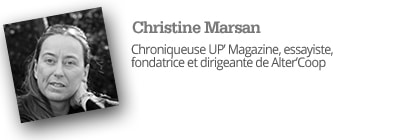
[1] https://www.defense.gouv.fr/aid/actualites/lancement-red-team
[2] https://lavolte.net/militarisation-utopiales-2019/
[3] Yuval Noah Harari, Sapiens, Albin Michel, 2015.
[4] Sébastien Bohler, The Human Bug, Robert Laffont, 2019.
[5] https://fr.wikipedia.org/wiki/Striatum
[6] This explains our behaviour of the ever increasing, unlimited, addictive and which deprives us of the capacity for deliberate sobriety except by mobilising other internal resources. But that is not the purpose of this article.
[7] https://fr.wikipedia.org/wiki/Désir_mimétique
[8] Behaviour deplored by investigative journalists.
[9] For more details: C. Marsan, Delicate transition, Acatl, 2017. https://www.acatl.fr/la-delicate-transition/
[10] Aurélie Ledoux, the social elevator is down. What's the school for?, Flammarion, 2012.
To go further :
- Book" Entering a world of cooperation, a neo RenaiSens", by Christine Marsan - Chronique Sociale, 2013 (The RenaiSens echoes the historical Renaissance and qualifies our new emerging model of civilization, whose particularity is to be a meaningful knowledge society).

